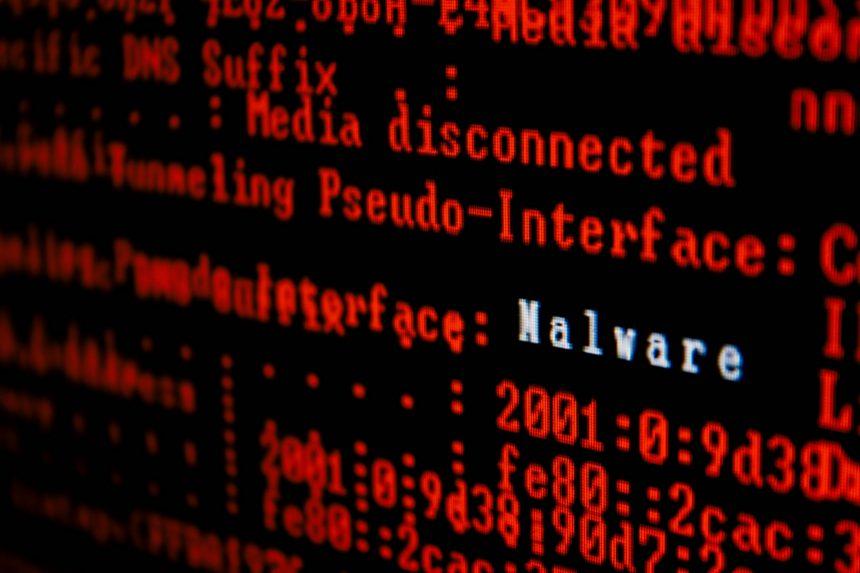In the ever-evolving landscape of cybersecurity threats, CherryLoader has emerged as a deceptive malware loader that cleverly disguises itself as the legitimate CherryTree note-taking application. This sophisticated loader has recently been implicated in two intrusions, showcasing its unique tactics and capabilities. In this article, we delve into the intricacies of CherryLoader, exploring its malicious actions, potential consequences, and the need for vigilance in the face of evolving cyber threats.
CherryLoader: Beyond the Ordinary Go-based Malware Loader
CherryLoader takes on a cloak of legitimacy by posing as the trusted CherryTree note-taking application. Researchers, including Hady Azzam, Christopher Prest, and Steven Campbell, have shed light on its activities, uncovering its role in delivering privilege escalation tools such as PrintSpoofer or JuicyPotatoNG. What sets CherryLoader apart is its modular design, allowing threat actors to seamlessly switch between exploits without recompiling the code.
One of the distinctive features of CherryLoader is its modular architecture, providing threat actors with the flexibility to swap privilege escalation exploits effortlessly. Although its distribution method remains undisclosed, cybersecurity experts have traced its presence in attack chains, notably within a RAR archive file named “Packed.rar” hosted on the IP address 141.11.187[.]70.
Upon extracting the RAR file, an executable (“main.exe”) launches the Golang binary, proceeding only if the first argument matches a hard-coded MD5 password hash. The loader employs a fileless technique, known as process ghosting, to decrypt “NuxtSharp.Data” and writes its contents to a file named “File.log.”
CherryLoader employs different privilege escalation exploits based on the chosen module. For instance, it can seamlessly switch between “Spof.Data” and “Juicy.Data,” each containing distinct privilege escalation tools. The loader’s ability to execute alternative exploits without recompiling the code adds to its potency.
Following successful privilege escalation, CherryLoader executes a batch file script called “user.bat,” establishing persistence on the compromised host and disarming Microsoft Defender.
Best Practices for Prevention
- User Education: Educate users about the dangers of downloading software from untrusted sources.
- Regular Updates: Keep operating systems and applications up to date to patch vulnerabilities.
- Network Monitoring: Implement network monitoring to detect unusual or suspicious activities.
- Behavioral Analysis: Employ behavioral analysis tools to identify anomalies in system behavior.
- Privilege Management: Limit user privileges to minimize the impact of potential malware infections.
By staying informed, adopting preventive measures, and leveraging advanced security practices, users can enhance their defenses against evolving threats like CherryLoader. Cybersecurity is a shared responsibility, and collective efforts are crucial in maintaining a secure digital environment.
Conclusion
In conclusion, CherryLoader stands out as a newly identified multi-stage downloader with sophisticated features, employing encryption methods and anti-analysis techniques. Its capacity to execute diverse privilege escalation exploits without code recompilation highlights its adaptability and potential impact. Cybersecurity experts remain vigilant, closely monitoring and analyzing CherryLoader to develop effective countermeasures against this evolving and potent malware.





